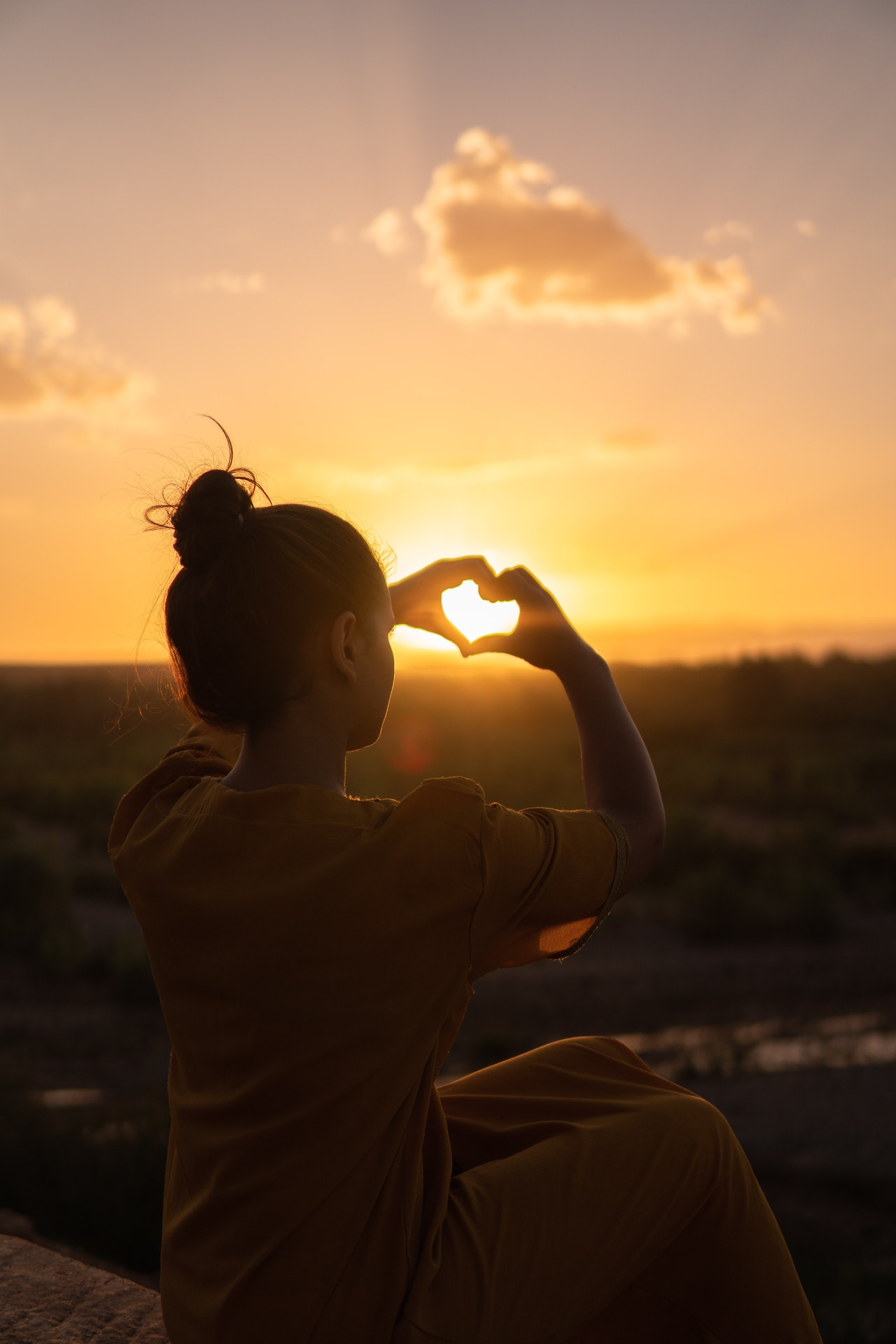
01 Feb D stands for deficiency
The short cold days of winter are a perfect recipe for this deficiency. For vitamin D, that is. There are many vitamins, and it’s easy to lose track of how much you’re getting of any of them. But vitamin D is one you don’t want to overlook.
Why is vitamin D so important?
Vitamin D activates the cells of your immune system. Yes! That’s what we all need right now. No matter how careful you are to minimize your risk, you probably want to make sure you can handle any accidental exposure to the virus. The support vitamin D gives to your immune system is well studied and documented. So for years doctors have been seeing positive effects for many infections. Vitamin D is particularly effective for preventing cancer, heart disease, hypertension, and bone fractures.
So let’s explore some reasons you may be “D-ficient”.
Let the sunshine in
The sun on your skin is a great source of vitamin D. You might say the skin has little vitamin D factories inside it. But, you may not be in the sun enough, especially in the winter. If you live where there’s a cold winter, then the sun is too indirect to be a good source of D. Plus you are pretty covered up to stay warm, and probably indoors more too. I live in New Orleans which can be pretty mild in the winter, so this isn’t as big a problem for me as it is for much of the US. But I do make a point of getting a little sun on my skin when I go for walks or just sit outside.
Barriers to sunlight
You could be D-ficient if you prevent sunlight from getting in your skin, as when you wear sunscreen all the time. Obviously you don’t want to get burned, and you don’t want wrinkles or age spots, but all that SPF carries its own problems. And it may not be as reliable at preventing cancer as we thought. So use common sense, and be judicious with your sunscreen and sun exposure. You also need to tailor your sun exposure to your own skin tone. Darker skin needs more time in the sun than lighter skin to make enough D.
Milk and vitamin D
Milk naturally has vitamin D in it. Actually, D is added into milk because pasteurizing causes milk to lose most of it. So synthetic vitamin D is added into milk. Is synthetic as good as the naturally occurring vitamin? Is anything that’s synthetic as good as the real thing? Not usually. And maybe you don’t drink cow’s milk anymore. I don’t, and that means I’m definitely not getting D, synthetic or not, from milk.
More wheat means less D
Most of us eat bread or pasta. Or eat any wheat product like cookies, crackers, or cakes. But, wheat is sprayed with the pesticide glyphosate. It might kill pests, but it’s also harmful to your vitamin D production. So if you consume glyphosate, you are likely to be D-ficient. I know how hard it is to avoid conventional wheat products these days. My motivation to avoid wheat is the symptoms I get after eating it. The good news is that organic sprouted-grain or sourdough bread agrees with me. So that’s what I look for when I want to have some toast or a sandwich.
Too little of a good thing
If you take a vitamin D supplement, you might not have a high enough dose. The best way to tell if you are taking the right dose of vitamin D for your needs, is to have a lab test done to see what your vitamin D level is. My doctor regularly does that for me. I have great high levels and I take 4000 IU of D a day. I can tell it’s the right dose because it maintains my healthy levels. Sometimes a person can take some large doses for a short time for a quick immune system boost. It’s best to let your doctor help you figure that out. But you might keep a bottle of vitamin D handy if you ever start to feel sick.
Obtaining vitamin D from food
Some foods contain D but you have to eat them, obviously, to get D. You might not eat liver. And probably not sardines. Maybe you avoid eggs or red meat. These are all good food sources of vitamin D. And food sources are always my choice over supplements, when possible. I make a delicious chicken liver pate. I also make good calves’ liver and onions. Here’s how–cook down the sliced onion rings in butter or olive oil until as soft as you like, then cook the liver till no longer pink, in the same pan. If you aren’t into sardines, try salmon or other cold water fish. And no one has to encourage me to eat eggs or red meat–I enjoy them.
Vitamins are vital
And D is not the only tool in your immune system’s toolkit. There’s also vitamin C, vitamin A, zinc, quercetin, melatonin, and fish oil. And you should get plenty of sleep and enough exercise to challenge yourself without becoming depleted. You can avoid wheat and sugar, and focus on berries, citrus, onions, garlic, broths, greens, and fermented food like yogurt or sauerkraut.
OK, that’ a lot to think about.
That’s why you have me. I’m a board certified health coach. I teach health coaching. So, I’m qualified to be your ally. I can support you in having the resistance, energy, and vitality that you deserve. Contact me and let’s see if we can work together.
Comments: Are you D-ficient?
Dr. Pompa: Vitamin D and Immunity
Dr. Stephanie Seneff: Sunlight and Vitamin D
Josh Gitalis: Bullet Proof Immunity
The Mazatlan Post: D Deficiency
This article is for information purposes only. See Disclaimer below.



No Comments